Seth Harville
Greenie
Also found this in the creek. London ky. Some type of fossil I’m hoping?
Attachments
-
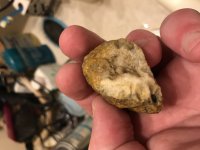 01D4823B-C02F-4149-A2CC-4FC686AC3447.jpeg782.4 KB · Views: 36
01D4823B-C02F-4149-A2CC-4FC686AC3447.jpeg782.4 KB · Views: 36 -
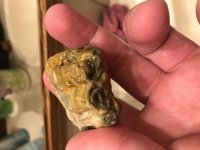 AA459299-D790-4F95-B36F-D63938DE4B44.jpeg696.5 KB · Views: 40
AA459299-D790-4F95-B36F-D63938DE4B44.jpeg696.5 KB · Views: 40 -
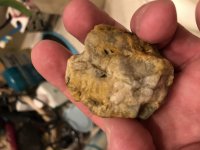 CC9EBCA8-CE31-4C30-A3F3-74A8792C2D66.jpeg732.8 KB · Views: 32
CC9EBCA8-CE31-4C30-A3F3-74A8792C2D66.jpeg732.8 KB · Views: 32 -
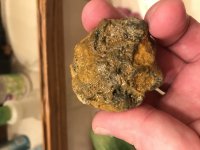 D9F6F066-FD4C-4F55-AEF3-27FF1BDF4C08.jpeg857.4 KB · Views: 33
D9F6F066-FD4C-4F55-AEF3-27FF1BDF4C08.jpeg857.4 KB · Views: 33 -
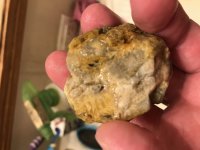 DEA8D175-AD82-4F50-AFBD-200E6C909CD6.jpeg848.1 KB · Views: 33
DEA8D175-AD82-4F50-AFBD-200E6C909CD6.jpeg848.1 KB · Views: 33








